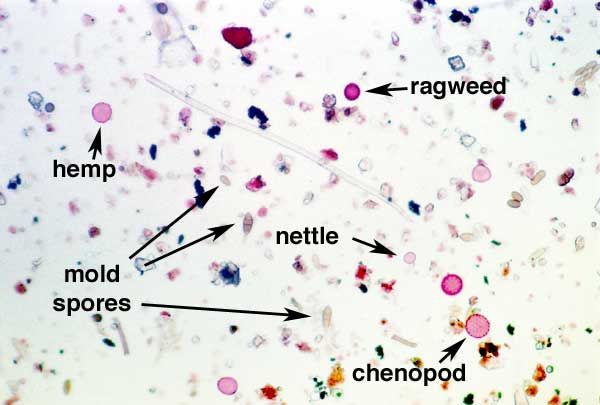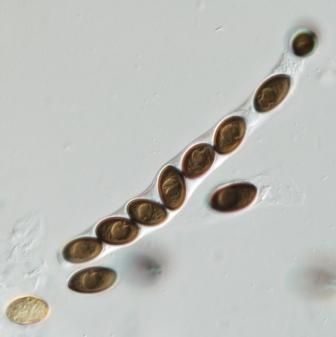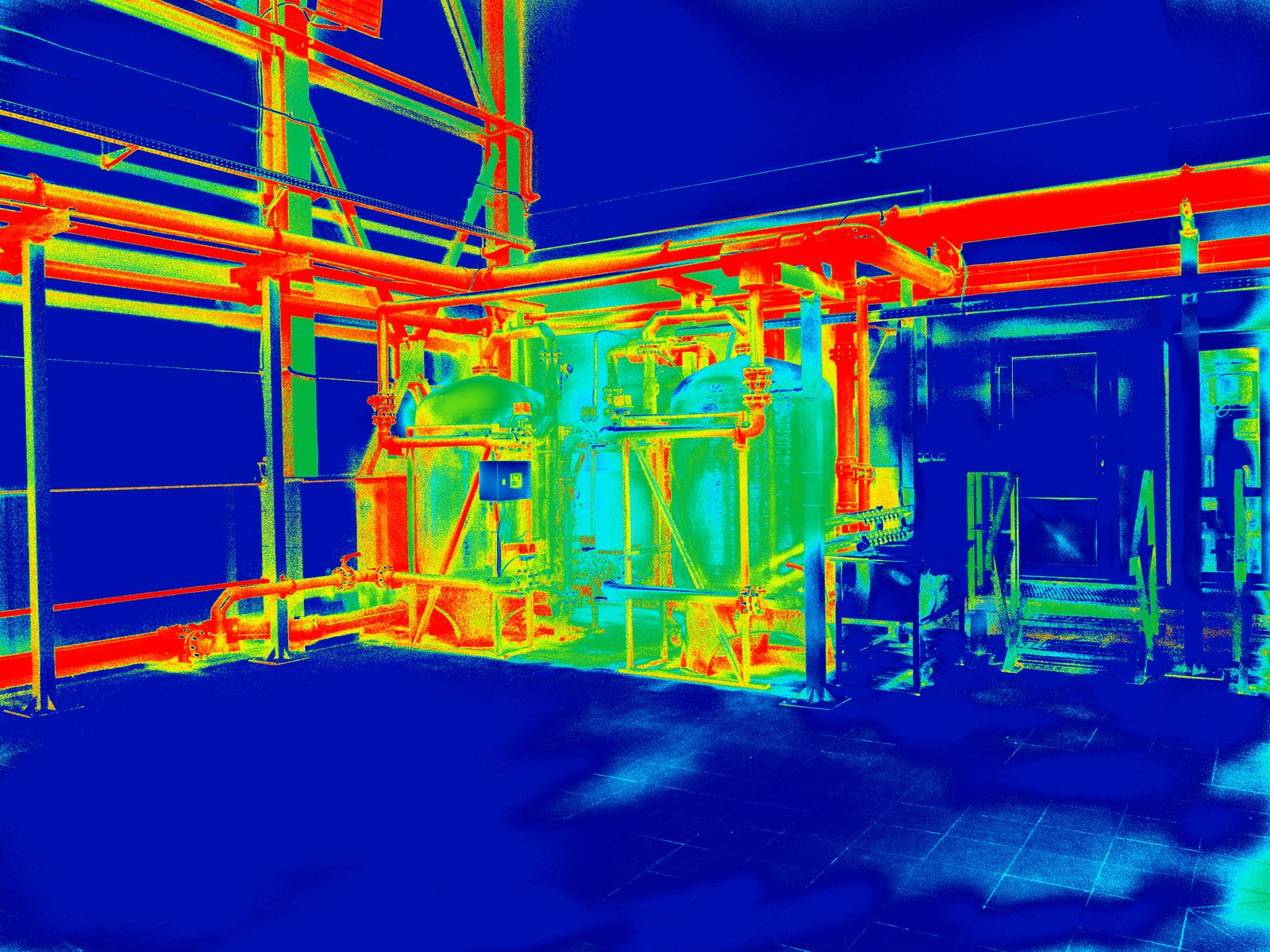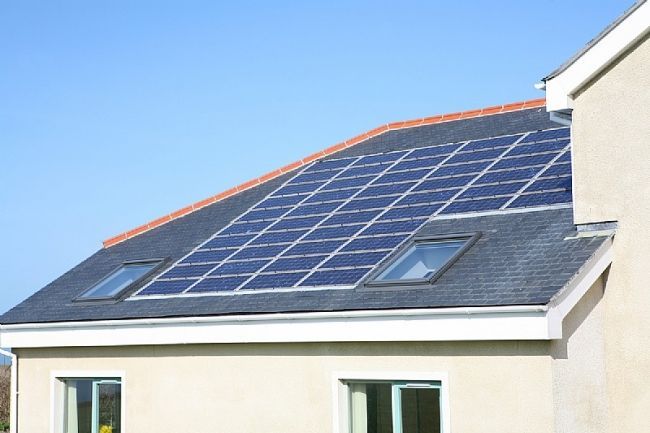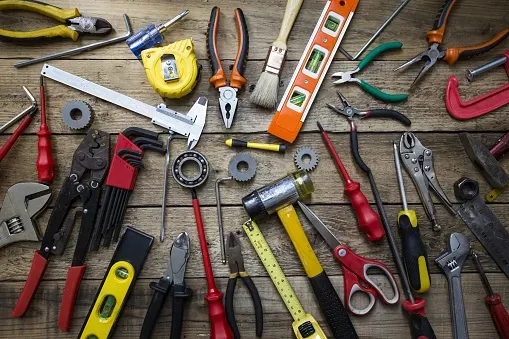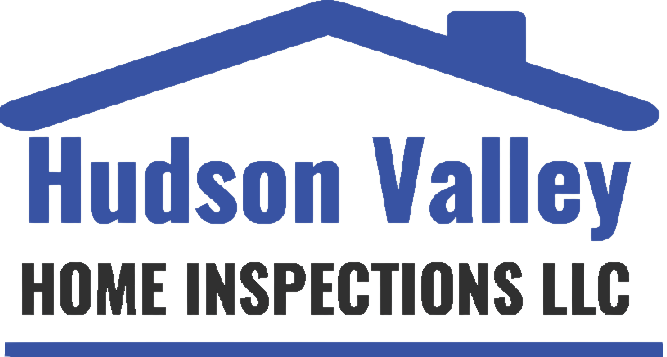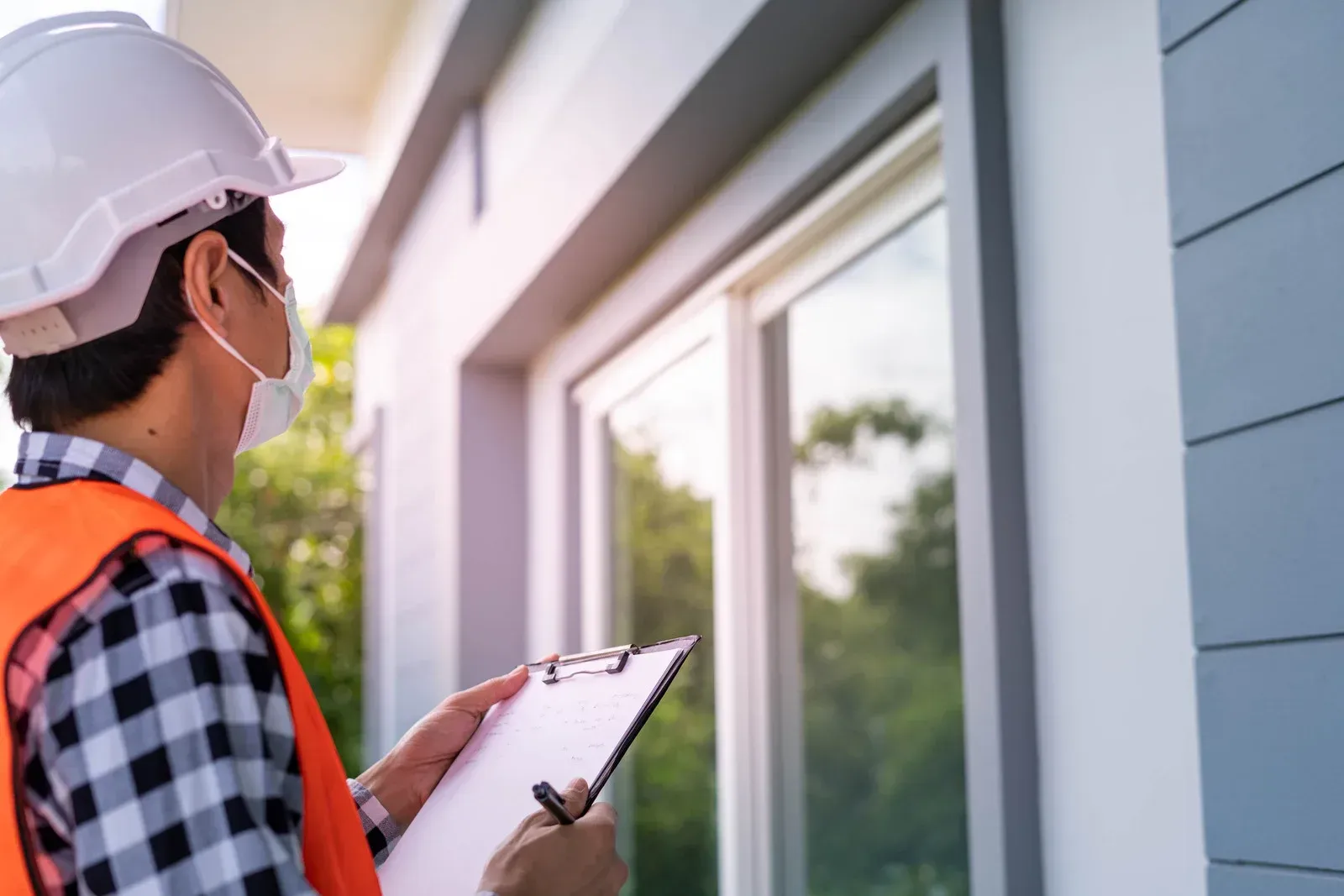By Hudson Valley Home Inspections LLC
•
January 14, 2023
Most people don't know how easy it is to consume less at home, and InterNACHI wants to change that. A drastic reduction in the cost of heating, cooling and electricity can be achieved with simple changes, most of which can be done by homeowners themselves. Of course, for homeowners looking to benefit from the latest energy-efficient housing know-how and systems, InterNACHI's energy auditors can perform extensive testing to find the best energy solution for your home. Why have a more energy-efficient home? Here are some good reasons: Federal, state, local, and utility financial incentives, such as tax relief, are very beneficial in most of the United States. It saves money. It costs less to power a house that has been converted to be more energy efficient than a conventional house. It increases interior comfort levels. It reduces the climate impact. Many scientists today believe that excessive energy consumption contributes significantly to global warming. It reduces the level of pollution. Conventional electrical power generation creates pollutants that are found in air, land and water resources. 1. Find a better way to heat and cool your home. More than half of the energy used in our homes is for heating and cooling. Here are some suggestions for reducing energy bills through adjustments to heating and cooling systems: Install a ceiling fan. A fan can be used instead of air conditioning, which requires a large amount of energy. Regularly replace air filters in air conditioners and heaters. Set the thermostats to an appropriate temperature. Specifically, they should be lowered at night and when no one is home. In most homes, you can save about 2% on the electric bill if you turn the thermostat down one degree for eight hours each day. For example, lowering the thermostat from 75° F (24° C) to 70° F (21° C) can save 10% on heating expenses. Install a programmable thermostat. A programmable thermostat saves money by automatically turning down electrical heating and cooling appliances when no one is home and at night. Programmable thermostats are mercury-free and, in some climate zones, can save up to $150 per year on energy costs. Install a wood boiler or a pellet boiler. They create more heat than a stove. At night, draw the curtains on the windows for better insulation of the room. 2. Install a tankless water heater. On-demand water heaters (tankless or instantaneous) provide hot water only when it is needed. They do not produce the excess wasted energy associated with tank water heaters, saving energy costs. On-demand water heaters heat the water directly, without a hot water tank, thus avoiding heat loss linked to the reserves that traditional water heaters with reserve have. When the hot water tap is turned on, cold water runs through a pipe to the dwelling. A gas burner or electric element will heat the water. As a result, on-demand water heaters deliver a constant supply of hot water. You don't need to wait until the hot water tank is filled with enough hot water. 3. Replace incandescent lights. A household spends on average 11% of its energy budget on lighting. Traditional incandescent lights only transform approximately 10% of the energy they consume into light, while the rest is transformed into heat. The use of new technologies in lighting, such as light-emitting diodes (LED) and compact fluorescent lamps (CFLs), allows an energy reduction of 50% to 75%. Advances in lighting control have also saved energy by reducing the time that lights are on but not in use. Here is some information about LEDs and CFLs: CFLs use 75% less energy and last about 10 times longer than traditional incandescent bulbs. LEDs last longer than CFLs and consume less power. LEDs have no moving parts and, unlike CFLs, do not contain mercury. 4. Close, seal and insulate your home. Closing and insulating your home is one of the most cost-effective ways to make a home more comfortable and energy efficient – and you can do it yourself. A well-sealed home can increase comfort and indoor air quality while reducing utility bills. You can hire an InterNACHI Energy Auditor to assess air leaks and recommend repairs to truly increase comfort and energy savings. Here are some common places where leaks can occur: outlets; mail slots; around pipes and electrical wires; wall or window air conditioners; attic hatches; fireplace draft dampers; insulating gaskets around the doors; baseboards; window frames; and switch plates. Because warm air rises, air leaks most often occur in the attic. Homeowners can resort to different repairs and maintenance of their attics that allow them to save on heating and cooling, such as: Plug large holes. In an attic, a large leak is most likely to occur where the attic walls and floor meet, behind and below the attic kneewalls, and in drop ceiling areas. Seal small holes. You can do this easily by locating where the insulation is darker. The dark color of insulation is caused by dusty indoor air that has been filtered through the insulation before leaking through small holes in the building envelope. In cold weather, you may see frozen areas in the insulation. They are caused by warm, moist condensed air, which freezes when it comes in contact with cold attic air. In warmer weather, you will see water spots in these same areas. Use foam sealant or caulking to seal openings around plumbing vent pipes and electrical wires. Cover the areas with insulation once the caulk is dry. Seal the attic access panel with weather stripping. You can cut a piece of fiberglass or rigid insulation board the same size as the attic hatch and glue it to the back of the attic access panel. If you have stairs that you pull up to the attic or a doorway, they should be insulated in the same way. 5. Install an energy-saving shower head and toilet. The following systems can be installed to limit the use of water in a home: a low-flow showerhead. They are available with different flow rates, and some have a pause button that blocks the flow of water when the person taking the shower washes; low-flow toilets. 30% to 40% of the total water consumed in a home comes from toilets, making them the biggest consumers of water. By replacing old 3.5 gallon (13 liter) toilets with newer 1.6 gallon (6 liter) low-flow toilets you will reduce your water consumption by approximately two gallons per flush (i.e. 7.5 liters ), saving you 12,000 gallons (45,425 liters) of water per year. Low-flow toilets usually have a "1.6 GPF" label on the bowl behind the seat or in the tank; vacuum toilets. This type of toilet is made up of a vacuum chamber with a siphonic action that draws air from the hatch below the bowl, allowing it to fill with water quickly to flush out waste. Vacuum toilets are relatively quiet; and two-tier toilet. Two-tier toilets have been used for years in Europe and Australia, and are gaining popularity in the United States. Two-speed toilets let you choose between 1 gallon (4 liters) of effluent per flush and 1.6 gallons (6 liters) of solid waste per flush. 1.6-GPF two-speed toilets reduce water consumption by an additional 30%. 6. Use your appliances and electronics responsibly. 20% of a basic US home's energy bill is for appliances and electronics. Here are some tips for reducing the energy used by electronic devices and appliances: Refrigerators and freezers should not be placed next to the oven, dishwasher or hot air vents, or exposed to direct sunlight. Exposure to heat will force them to use more energy to stay cold. Computers should be turned off when not in use. If you must leave a computer on that is not in use, turn off the monitor. According to some studies, computers are responsible for about 3% of total energy consumption in the United States. Use Energy Star rated energy efficient appliances and electronics. These appliances, approved by the Department of Energy (DOE) and the Environmental Protection Agency (EPA) Energy Star program, include televisions, home theaters, DVD players, CD players , receivers, speakers, and more. According to the EPA, if we used 10% energy-efficient appliances and electronics in our homes, we would reduce carbon emissions, equivalent to 688,000 hectares of trees. Chargers, such as those used for laptops and cell phones, consume power when plugged in. When not connected to electronic devices, chargers should be unplugged from the power outlet. Laptops consume much less power than desktops. 7. Install daytime lighting instead of electric lighting. Daylighting is the use of natural light to illuminate the interior of a home. This can be achieved through these different processes: skylights. It is important that they are double-glazed so that they are profitable. In order to avoid leaks, the skylights must illuminate correctly; reflective tablets. A reflective shelf is a passive device intended to reflect light as far as possible into a building. They can be indoors or outdoors. Reflective shelves can introduce light into a space that is 2.5 times the distance from the floor to the top of the window, and high performance reflective shelves can illuminate up to four times farther; clerestory windows. Skylights are short, wide windows positioned high on the wall. They are protected from the sun in summer by the eaves and in winter they let in the sun, creating natural light and warmth; and light pipes. The light pipes are composed of a special lens that amplifies weak light and reduces the light intensity of the midday sun. Sunlight is channeled through a tube covered in highly reflective material and then enters the living area through a diffuser that has been designed to distribute light evenly. 8. Insulate doors and windows. About a third of the heat lost in a home takes place through windows and doors. Here's how to reduce energy loss through doors and windows: Seal window edges and cracks with caulking rope. This is the cheapest and easiest option. Windows can be caulked with a special coating that is sandwiched between the window and the frame. For doors, caulk all around the perimeter to ensure a proper seal and seal. Install quality door sweeps if they are not already in place. Install double windows for single pane windows only. A removable pane can be installed over an existing window. If your windows are rotten or the wood is damaged, the glass is cracked, the sealant is missing, the sashes are out of adjustment, or the locks don't work, you should fix them or replace them. replaced. 9. Cook smart. A tremendous amount of energy is lost when cooking. The following recommendations and statistics illustrate how to waste less when cooking: Convection ovens are more economical than traditional ovens. They are made up of fans that force hot air to circulate more evenly, allowing food to cook at a lower temperature. Convection ovens consume on average 20% less electricity than traditional ovens. Microwave ovens consume on average 80% less energy than traditional ovens. Pans should be placed on the fire or the correct size heating element. Pans with a lid heat food faster than pans without a lid. Pressure cookers drastically reduce cooking time. When using a conventional oven, food should be placed on the highest rack. The higher rack is hotter and will cook food faster. 10. Change the way you wash your clothes. Do not use the “half load” setting of your washing machine. Wait until you have enough clothes for a full charge, as “half charge” saves less than half the water and energy of a full charge. Avoid any program with a high temperature when your clothes are not very dirty. In a "hot" cycle, water at 140°F (60°C) uses much more energy than at 103°F (40°C), and washing at 140°F is not really more efficient in term of cleanliness. Clean the lint filter before using the dryer, every time. Excess lint not only causes combustion, but will also lengthen the drying time. If possible, air dry your clothes on lines or racks. Spin your clothes either in the washing machine or by hand before putting them in the dryer. Homeowners who take the time to make these changes usually find that the energy savings are worth more than the effort. However, keep in mind that inspectors can make the process easier and can make a more complete estimate of potential energy savings than you. For information on a qualified inspector, visit www.InspectorSeek.com . Ask the inspector if he has been trained to perform an energy inspection. Reference: https://www.nachi.org/10-facons-simples.htm
